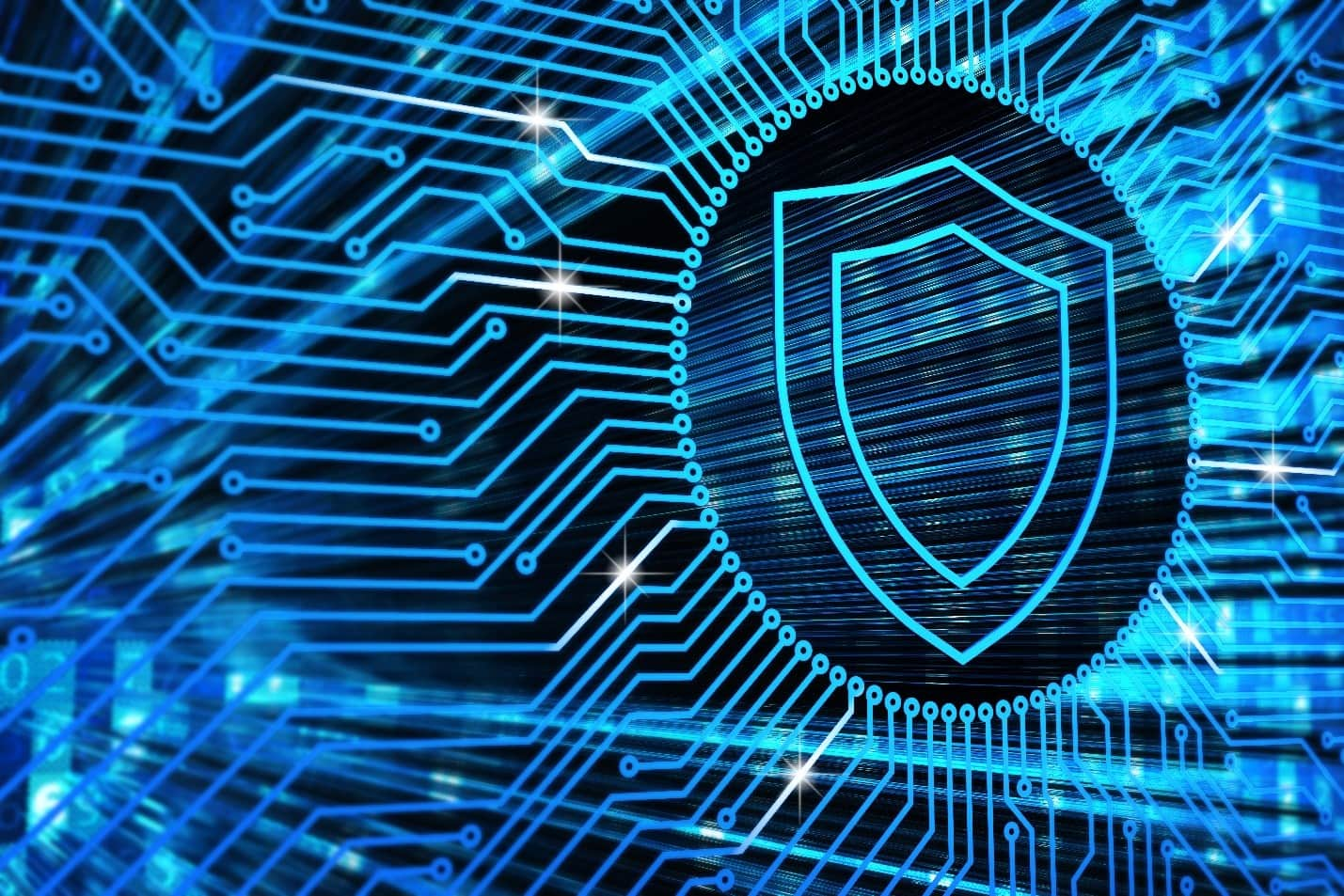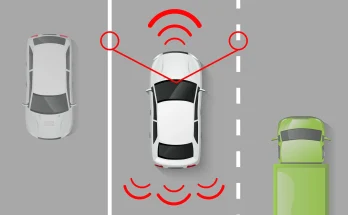In an age where data is the new currency, robust Cyber Defense is non-negotiable. Cyber attackers continuously evolve their techniques—ransomware, phishing, supply-chain exploits—making it imperative for organizations to build multi-layered defenses. This guide explores foundational strategies, real-world examples, and actionable steps to help you protect your information assets effectively.
Why Cyber Defense Matters

- Prevent Financial Losses: Downtime and data breaches can cost millions.
- Preserve Reputation: Trust is hard to earn and easy to lose.
- Comply with Regulations: GDPR, HIPAA, PCI-DSS demand stringent controls.
- Ensure Business Continuity: Rapid recovery from incidents minimizes disruption.
Core Pillars of Cyber Defense
-
Risk Assessment & Asset Inventory
- Identify critical systems, data flows, and potential threats.
- Prioritize defenses based on impact and likelihood.
-
Perimeter Security & Network Defense
- Firewalls, intrusion prevention systems (IPS), and network segmentation.
- Zero Trust Architecture: “Never trust, always verify.”
-
Endpoint Protection
- Next-generation antivirus (NGAV) and endpoint detection & response (EDR).
- Regular patching and configuration hardening.
-
Identity & Access Management (IAM)
- Multi-factor authentication (MFA) and least-privilege access.
- Strong password policies and privileged account monitoring.
-
Data Protection & Encryption
- Encryption at rest and in transit (TLS, disk-level encryption).
- Data Loss Prevention (DLP) for monitoring and blocking sensitive exfiltration.
-
Monitoring, Detection & Response
- Security Information and Event Management (SIEM) for log aggregation.
- 24/7 Security Operations Center (SOC) or Managed Detection and Response (MDR).
Building a Cyber Defense Framework
-
Conduct a Risk Assessment
- Map threats to vulnerabilities and assign risk scores.
-
Develop Policies & Procedures
- Acceptable use, incident response, disaster recovery, and change management.
-
Deploy Security Technologies
- Select tools that integrate (SIEM, EDR, IAM) and automate where possible.
-
Build an Incident Response Plan
- Define roles, communication channels, and escalation paths.
- Run tabletop exercises to validate readiness.
-
Train & Educate Staff
- Phishing simulations and security awareness workshops.
- Role-specific training for developers, admins, and executives.
-
Test & Improve Continuously
- Regular vulnerability scans and penetration tests.
- Post-incident reviews (blameless) to refine controls.
Common Challenges and How to Overcome Them
- Legacy Systems & Technical Debt
• Challenge: Unsupported software and unpatched vulnerabilities
• Solution: Implement virtual patching and plan for system modernization - Skill Shortages
• Challenge: Insufficient in-house security expertise
• Solution: Leverage managed services and invest in training programs - Alert Fatigue
• Challenge: Overwhelming volume of security alerts
• Solution: Tune detection rules and prioritize high-fidelity alerts - Budget Constraints
• Challenge: Limited funds for comprehensive controls
• Solution: Focus on high-impact, low-cost measures (MFA, patch management)
Case Study: Preventing a Phishing-Driven Breach
A mid-market financial firm faced daily spear-phishing attempts. By:
- Deploying a cloud-based email security gateway with sandboxing
- Enforcing MFA on all remote access
- Running quarterly phishing drills
They reduced successful phishing clicks by 85% and prevented credential compromise.
Actionable Tips for Immediate Improvement
- Enable MFA on every user account today.
- Conduct a quick asset scan to identify internet-facing services.
- Roll out security awareness emails with “spot the phish” quizzes.
- Apply critical patches within 72 hours of release.
Best Practices for Sustained Cyber Defense
- Adopt a Zero Trust mindset across users, devices, and networks.
- Define and monitor Service-Level Objectives (SLOs) for mean time to detect (MTTD) and mean time to respond (MTTR).
- Rotate and audit credentials regularly; use a centralized secrets vault.
- Participate in threat-intelligence sharing communities (e.g., ISACs).
- Schedule bi-annual incident response drills and tabletop exercises.
Conclusion
Effective Cyber Defense is an ongoing, dynamic process. By combining risk-based planning, layered technologies, continuous monitoring, and a security-first culture, you can stay ahead of adversaries and protect your organization’s most valuable information. Start with high-impact, foundational controls and iterate continuously to build a resilient security posture.
Elevate Your Competence: Uncover Our Insights on Techno
Read Our Most Recent Article About Software Engineering!




